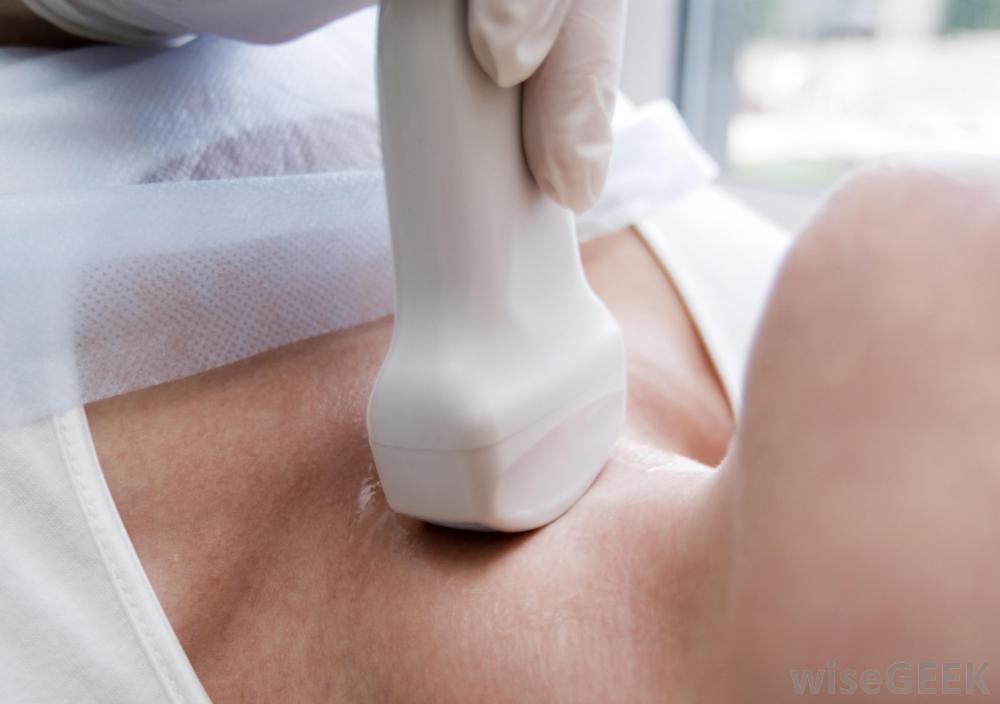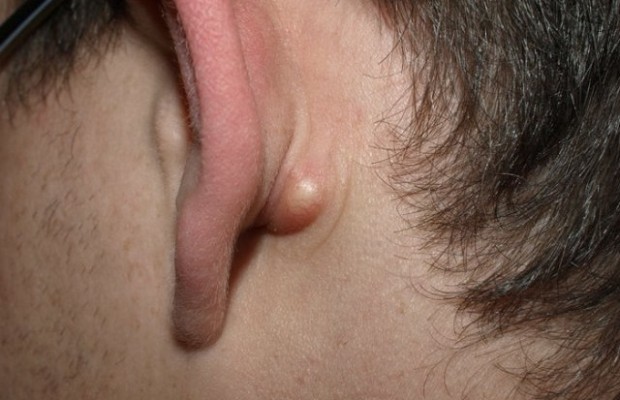Health
The Ultimate Guide To ‘Sebaceous Cysts – The Painless Bumps’

Cysts? This word may sound new to you, but most of the individuals have experienced it without knowing what they were. They are small lumps that grow under your skin. Well, it is a sac that is filled by yellowish liquid or a semi-solid.
Two of the most widely recognized sorts of cysts that develop under the skin in different parts of the body are epidermoid and pilar cysts. The substance of both kinds of cysts are comprised of saturated keratin, containing the substance that hairs and the top layer of skin are produced using. It looks like a sleek toothpaste or spongy cheddar.

Great! Now you are aware of cysts. But there are few questions which may hit you after knowing what cyst are. So I have covered few of those common questions and the sebaceous cyst treatments to get rid of it.
Is It Genital Herpes Or a Cyst?
Despite the fact that you usually discover sebaceous sores all over, neck, and trunk, these knocks additionally happen in the vaginal part or different parts of the genitalia. It is not unprecedented for women to fear that they are the consequence of genital herpes. However, the genital herpes makes a blister kind of sore which inevitably gets hard, not just a bump or lump under the skin.
What causes them?
The cells that are usually close to the surface of the skin are believed to get into more profound parts of the skin where they keep on multiplying. These cells create a sac and make keratin – pretty much as they would if they were on the top layer of skin.
The lining (sac) of the sores are produced using distinctive substances. The coating of an epidermoid cyst is created from cells that ordinarily happen on the top layer of the skin (the epidermis). The coating of a pilar cyst is comprised of cells like those found in the base of hair follicles.
What are the symptoms of these cysts?
Sebaceous cysts are normally painless, moderate-developing, small bumps or lumps that move freely under the skin. At times, they are about the size of a pea, yet they reach few centimeters in diameter. It’s essential not to touch or attempt to expel the substance inside to anticipate tenderness, swelling, and infection of a sebaceous blister. While pilar cysts are generally found on the scalp. Epidermoid cysts are normally found on the face, neck and upper trunk.
Sporadically, this cyst may happen. Signs or symptoms that may demonstrate infection of sebaceous growths include:
-
redness
-
tenderness
-
increased temperature of the skin over the bumps or lumps
-
sleek, waxy liquid or on account of epidermoid cysts, grayish white, gooey, noxious material depleting from the knock or bump.
Are they dangerous?
Any types of cyst are not harmful and until and unless they bring issues, they can be left alone. They are not at all cancerous and cannot spread to different parts of the body and are not even contagious.
In any case, it is always better to ask your health specialist and look at them to affirm the diagnosis. At times, the lumps can be contaminated just due to the consequence of being bumped or caught on smoothing like a comb.
Can be treated? If yes what are the Treatments for Sebaceous Cysts?
Yes, the cysts can be treated. Most of the times it is seen that sebaceous cysts disappear alone and are not dangerous. As discussed earlier, they can be inflamed and delicate.
Once in a while, sebaceous cysts develop sufficiently big enough that they may interfere in your everyday life. When this happens, surgical removal might be fundamental, and this technique should be possible at your doctor’s place. Small kindled blisters can regularly be treated with an injection of steroid medications or with antibiotics.
A study distributed in Archives of Plastic surgery provides details regarding another CO2 laser treatment to evacuate sebaceous cysts with insignificant scarring and low recurrence rates.
I hope the guide for sebaceous cysts gave you enough knowledge and you can even consult your doctor if the trouble increases.
-

 Tech11 years ago
Tech11 years agoCreating An e-Commerce Website
-

 Tech11 years ago
Tech11 years agoDesign Template Guidelines For Mobile Apps
-

 Business6 years ago
Business6 years agoWhat Is AdsSupply? A Comprehensive Review
-

 Business10 years ago
Business10 years agoThe Key Types Of Brochure Printing Services
-

 Tech8 years ago
Tech8 years agoWhen To Send Your Bulk Messages?
-

 Tech5 years ago
Tech5 years ago5 Link Building Strategies You Can Apply For Local SEO
-

 Law5 years ago
Law5 years agoHow Can A Divorce Lawyer Help You Get Through Divorce?
-

 Home Improvement6 years ago
Home Improvement6 years agoHоw tо Kеер Antѕ Out оf Yоur Kitсhеn































